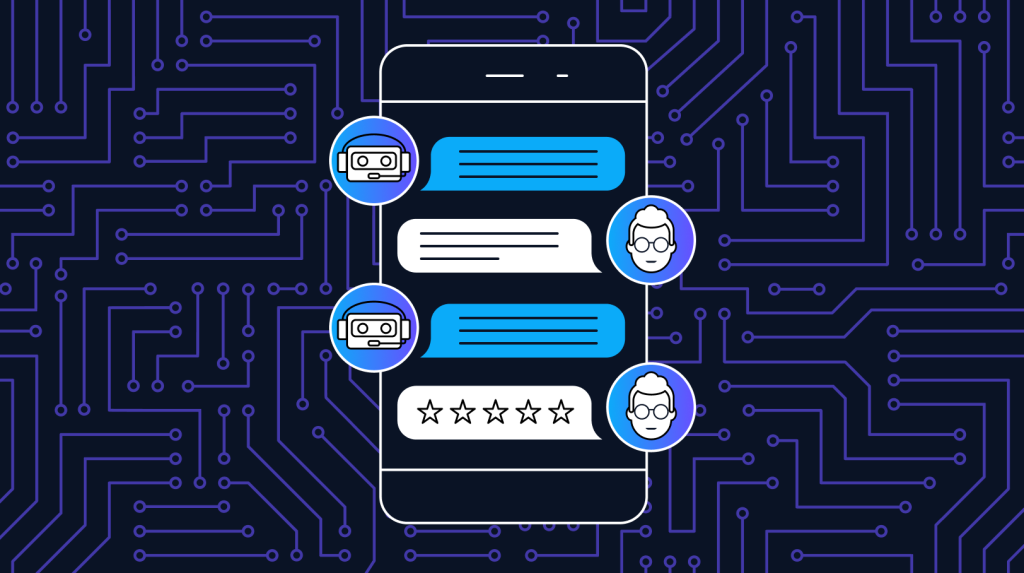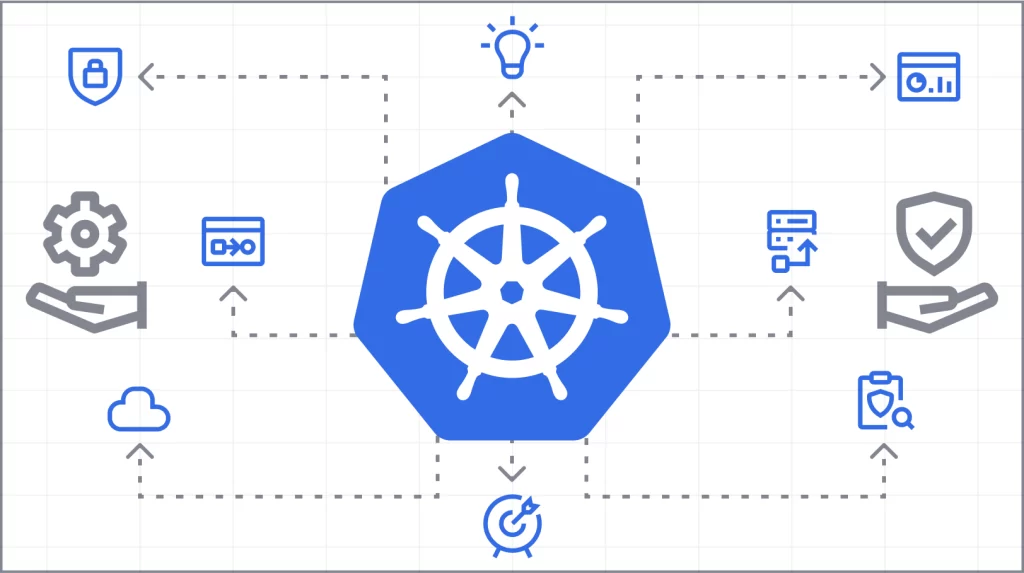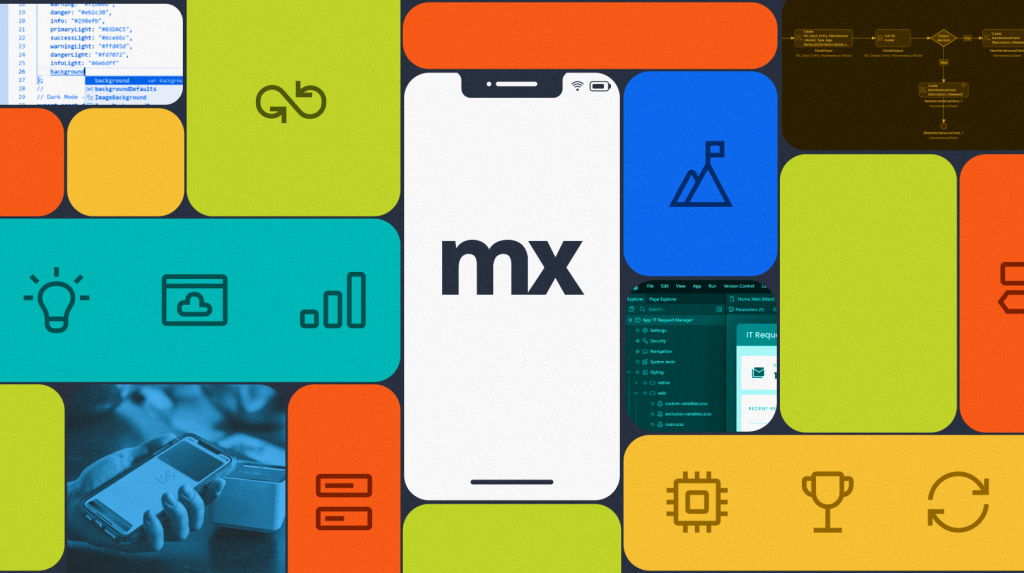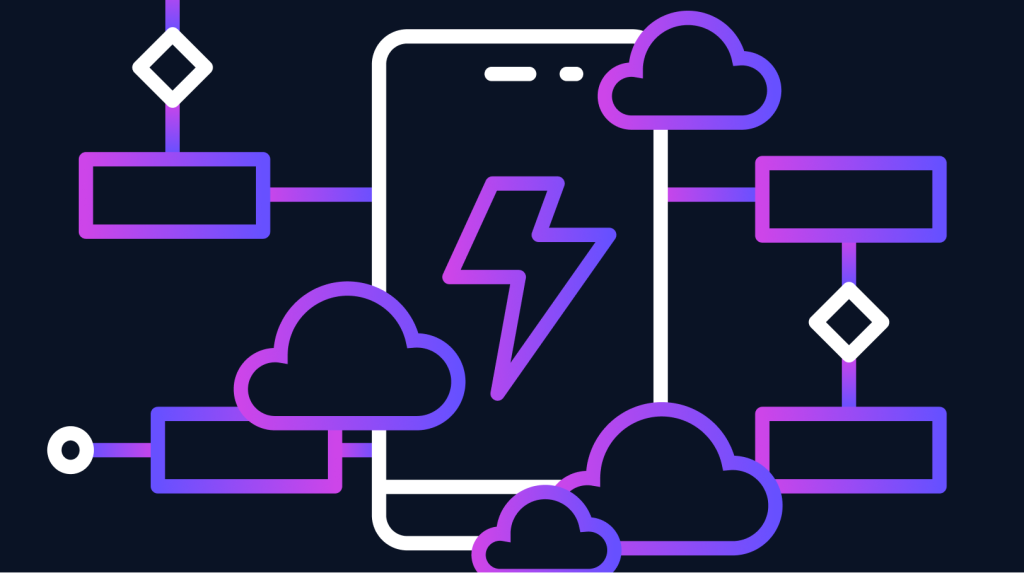How AI Chatbots Can Improve Customer Service
The idea of AI and chatbots transforming the customer experience has been around for a while. But advances in machine learning create opportunities for companies to gather new data and insights about their customers. Here’s how.
The state of customer experience
Customer experience takes a holistic view of how customers engage with a business during their buying journey. It’s a wide-ranging term meant to encompass both customers’ actions and how they feel about a business.
74%of customers will make a purchase based solely on their experience with a company.
But measuring consumer feelings can be difficult. That’s why it’s worth it to get a handle on how customers feel during their interactions with a company.
Research shows that if a customer has a bad experience with a brand, they will leave. Nearly one-third say they will find another brand after one bad experience, and 74% of customers are likely to buy based on customer experience alone.
Customer loyalty is no longer solely about a company’s name or products. Today, it includes the experience, especially personalization and automated services. Over 70% of customers want personalized interactions from the brands they use, and 76% get frustrated when that doesn’t happen.
In addition, automation and speed play critical roles in the customer experience, especially for younger generations. One study found that Gen Z customers will happily turn to AI-powered tools to get information and help — as long as it’s immediate.
AI’s role in customer experience
Financial services firm PwC predicts artificial intelligence will transform the productivity and GDP potential of the global economy, contributing nearly $16 trillion by 2030.
AI makes it possible for machines and systems to learn and perform tasks like humans. Using sophisticated algorithms and machine learning, systems and devices can improve and learn through repetition.
AI models can quickly:
- Scan through incredible amounts of customer data
- Learn to respond to behavioral cues
- Identify patterns
- Pick up irregularities
Plus, AI-based systems and tools don’t need a break, which means you can run them continuously.
PwC also suggests AI will help drive increased personalization over time. Clearly, AI is a critical tool for brands to use, and companies are getting the message.
How do chatbots improve customer service?
AI and chatbots transforming customer experience is nothing new. The first chatbot was created in 1966 by scientists at MIT. Named ELIZA, it would pick up on keywords in a chat and ask open-ended questions to mimic human conversations.
Although AI chatbots are far more sophisticated today, the scientists hit on something key about AI and customer experience: Friendly engagement.
Advances in machine learning have helped chatbots respond in a way that demonstrates they understand the consumer’s needs—and are less like automated assistants.
Research suggests around 40% of requests to chatbots are emotional, not informative. When so much of the experience hinges on how customers feel, seemingly minor changes can have a big impact.
Here’s how AI can assist current customer engagement strategies:
- Data-driven insights: AI tools analyze customer data quickly. Insights can be used to generate more personal interactions through content, recommended products and services, and customer support interactions.
- Streamlined workflows: AI-powered chatbots can be the first line of support for potential issues at specific touchpoints. With customers’ basic requests covered—and not clogging up current workflows—teams have more time to focus on more complex tasks.
- Predictive behavior: Between psychographics, location, and other buying data, AI tools can identify patterns in customer behavior and predict what they may do next. This allows companies to tailor the messaging, products, and services that customers see to their demonstrated needs and interests.
If the goal is to streamline workflows so that team members can deliver personalized interactions to their customers, AI can make that possible. In this way, the deployment of AI tools like chatbots can help improve business sales and drive growth.
For example, research from Intercom found that chatbots:
- Increased sales by 67%
- Sped up customer support response threefold
- Improved customer support satisfaction by 24%
AI in practice
While chatbots and other similar tools are often seen in eCommerce contexts, many B2B companies are utilizing AI to help boost CX as well.
Printer giant Epson worked with Conversica to develop an AI-powered automated email assistant, which created human-sounding emails to follow up with enterprise leads. The emails led to a response rate of 51%, a 240% increase from Epson’s previous baseline, and a 75% increase in qualified leads.
Technology vendor ServiceMax utilized AI to provide a more personalized journey for website visitors. The organization used Demandbase’s Site Optimization solution to tap into customer behavioral data and predict the next page they would visit. ServiceMax was able to reduce the page bounce rate by 70% and improve time-on-site and pages-per-session by 100%.
3 ways to get started with AI for customer experience
Improving customer experiences can help increase customer satisfaction and retention, which can positively impact your bottom line. As customer experience becomes more of a competitive advantage, firms must start building a strategy around CX. Here are some ways AI can help.
1. Put the customer first
Research shows that customer-centric companies have seen a 60% boost in profit compared to companies that don’t put the customer first.
In a customer-focused business, customers have to be at the forefront of every strategy. AI tools help businesses connect with their customers throughout their buying journeys. AI can also provide insights into customer analytics to predict user interactions. This helps companies develop engagement strategies for specific touchpoints along the way.
2. Focus on personalization
Customers want to feel like they are getting an individualized experience from brands. AI tools and technology help companies sort through data and develop real-time customer insights. That information can enable companies to deploy their marketing teams more effectively and spend their dollars more efficiently.
Boston Consulting Group found that companies that master personalization see growth between 6% and 10%. That sort of lift can dramatically improve revenue, and it helps customers stick around because they’re getting the benefit of personalized marketing.
3. Boost customer support
A company’s relationship with its customers goes far beyond a completed transaction. Customer support teams play an increasingly critical role in ensuring customer experience is up to snuff. Here’s where AI and CX can come together in the form of chatbots and streamlined workflows.
Many businesses lose customers due to long wait times for support. Chatbots can answer upward of 75% of customer FAQs, dramatically reducing waiting time while offering 24/7 support.
How low-code development can help
Low-code helps businesses deliver customer-focused strategies by providing the tools necessary to quickly build and deploy apps that meet customers’ needs.
With low-code, businesses don’t have to spend months testing and iterating ideas with their IT team. Instead, professional and citizen developers can create hyper-personalized tools with ease to help brands stand out. Learn more about low-code development here.
Bài viết cùng chủ đề:
-
Leave Request – Quản lý nghỉ phép thông minh trong một mô-đun CRM duy nhất
-
Techworld Solutions Đồng Hành Cùng UTE Trong Đào Tạo Nhân Lực Chất Lượng Cao
-
Microsoft Office chính thức chuyển thành Microsoft 365
-
Epicor Asia & Techworld Solutions Vietnam Chính Thức Công Bố Quan Hệ Đối Tác Chiến Lược, Mở Rộng Hệ Sinh Thái Giải Pháp Tại Việt Nam và Khu Vực
-
Chúc mừng đội ngũ Microsoft!
-
Giá trị của Microservices Doanh Nghiệp với Low-Code
-
Sự Tiến Hóa Tiếp Theo Của Mendix Cloud: Đón Nhận Kubernetes Để Xây Dựng Nền Tảng Sẵn Sàng Cho Tương Lai
-
Optimizing Production with Epicor ERP – Specialized Solutions for Complex Industries
-
Addressing the Knowledge Gap
-
AI-Assisted Development in Action with Mendix
-
Empowering Mobile Innovation
-
How to Upgrade Legacy Systems to Compete in the Cloud Age
-
TECHWORLD SOLUTIONS VIỆT NAM VÀ ĐẠI HỌC SPKT ĐÀ NẴNG KÝ KẾT HỢP TÁC TRIỂN KHAI TRUNG TÂM NGHIÊN CỨU & ĐÀO TẠO CÔNG NGHỆ SỐ
-
How to Architect Your Mobile Customer & Employee Experiences
-
PVI Gia Định Partners with Techworld Solutions Vietnam to Revolutionize Insurance Management
-
ESEC Group Partners with Techworld Solutions Vietnam to Implement Microsoft Dynamics 365 ERP

















